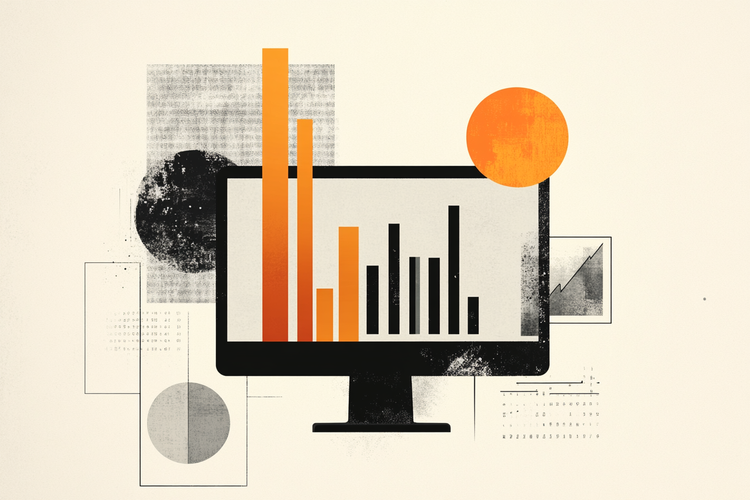Open Interest & Funding Rates: The Crypto Market’s Obsession Explained

Crypto traders aren't just watching prices anymore—they're glued to Open Interest and funding rates like Wall Street brokers staring at Bloomberg terminals. Here's why these metrics are stealing the spotlight.
The leverage lifeline: Open Interest reveals how much capital is sloshing around in perpetual futures contracts. When it spikes? Brace for volatility. Funding rates act as the market's balancing mechanism—paying longs when shorts dominate, and vice versa. It's the crypto version of 'the house always wins.'
The institutional footprint: Whale activity leaves clearer traces in these metrics than price charts. Sudden OI surges often precede big moves, while extreme funding rates signal overcrowded trades. Some hedge funds now trade these signals more aggressively than actual coins—because why bet on assets when you can bet on other people's bets?
Next time someone claims they 'called the market top,' ask if they were tracking the real telltale signs—or just another influencer's chart with lines drawn in crayon.
What is Open Interest?
Open Interest in the derivatives market refers to the notional value of all futures and options contracts for a particular crypto that are currently outstanding and have not yet been settled.
In a sense, the Open Interest refers to the active participation of traders in the token’s derivatives, as measured by the amount of capital that has been pledged.
In addition to the trading volume of the derivatives market, traders should also understand these deeper factors.
Reflect market conditions
An increase in Open Interest refers to a capital inflow as traders become more optimistic, reflecting a bullish trend. On the contrary, if capital inflow aligns with a downtrend, it indicates bearish sentiment is cementing among traders.
Based on the above logic, traders keep a close look at OI and price movements to confirm the trend. Stagnancy in Open Interest, meanwhile, may signal a weak trend.
Foreshadow reversals
The open interest of a cryptocurrency decreases when traders cash out of the derivatives market or are liquidated due to sharp price movements. Regardless of the current trend in motion, a sharp decline in OI points to an increased chance of a reversal.
Why are funding rates important?
Funding rates are introduced for perpetual future contracts (with no expiration date), a standard investment instrument in the crypto market. These are regular payments made between long and short position holders to keep the perpetual contract price aligned with or close to the spot market price.
If funding rates are not imposed, derivative prices could outpace the spot market due to the easy leverage available in the market. The artificial surge increases the risk of higher volatility, sudden crashes, or spikes, and makes trading more expensive.
To avoid such conditions, positive funding rates are imposed on bulls in the event of increased long positions, allowing longs to pay shorts to offset the imbalance. Negative funding rates are imposed in heightened bearish conditions.
However, in volatile markets, sharp swings in funding rates could shake out overleveraged traders, potentially triggering a chain reaction of rapid liquidations.
How do traders use these derivative indicators?
Although the Open Interest and funding rates provide important information about market conditions, trading solely based on them could result in unfavorable outcomes. Considering the trading setups are in place, here’s how these metrics can help confirm or deny the bias.
In case of a bullish setup, increasing open interest and positive funding rates support the bias. On the other hand, a bearish setup requires negative funding rates to support the bias with falling open interest.
While many other conditions could be generated, the basic understanding of these metrics will likely provide better clarity and help avoid traps.

